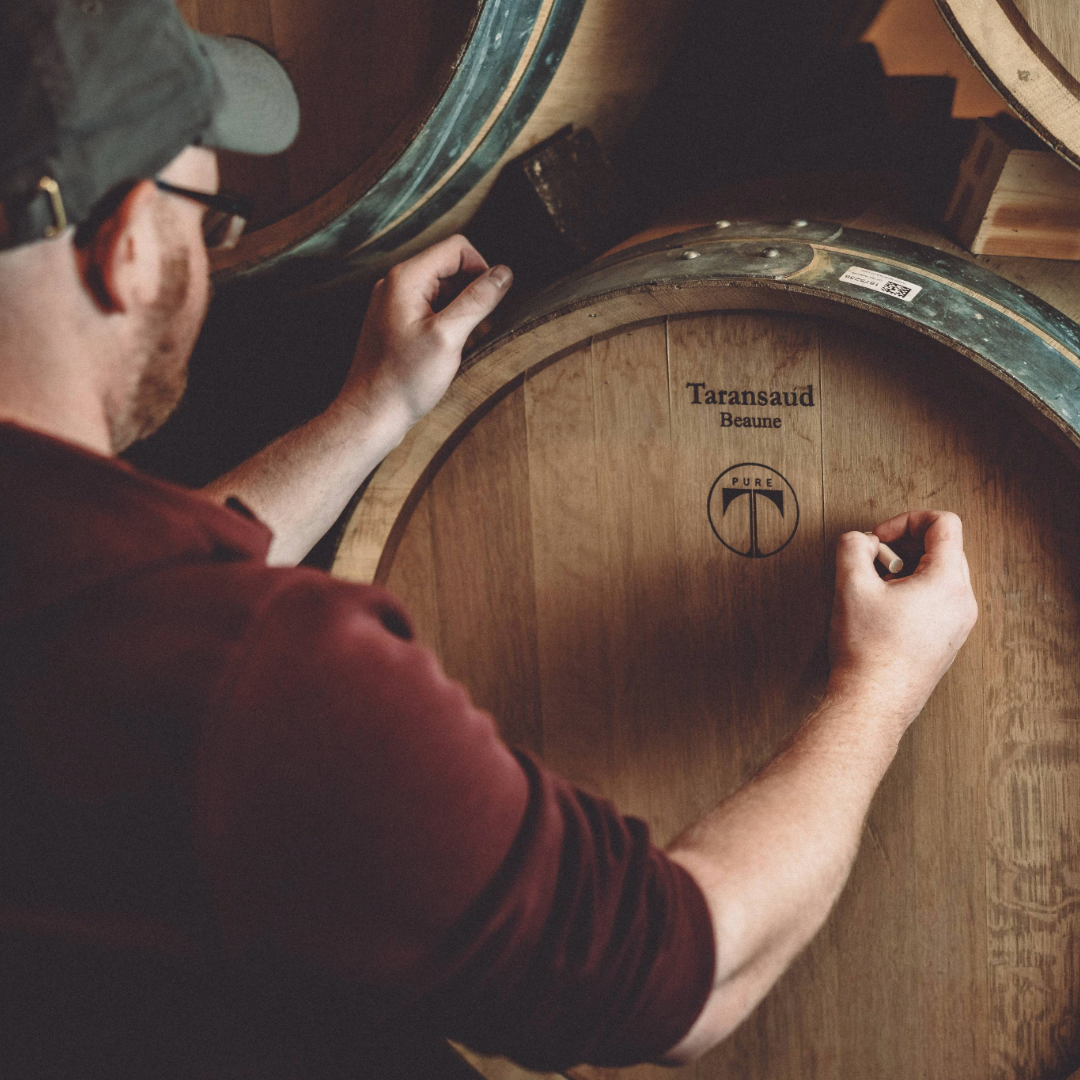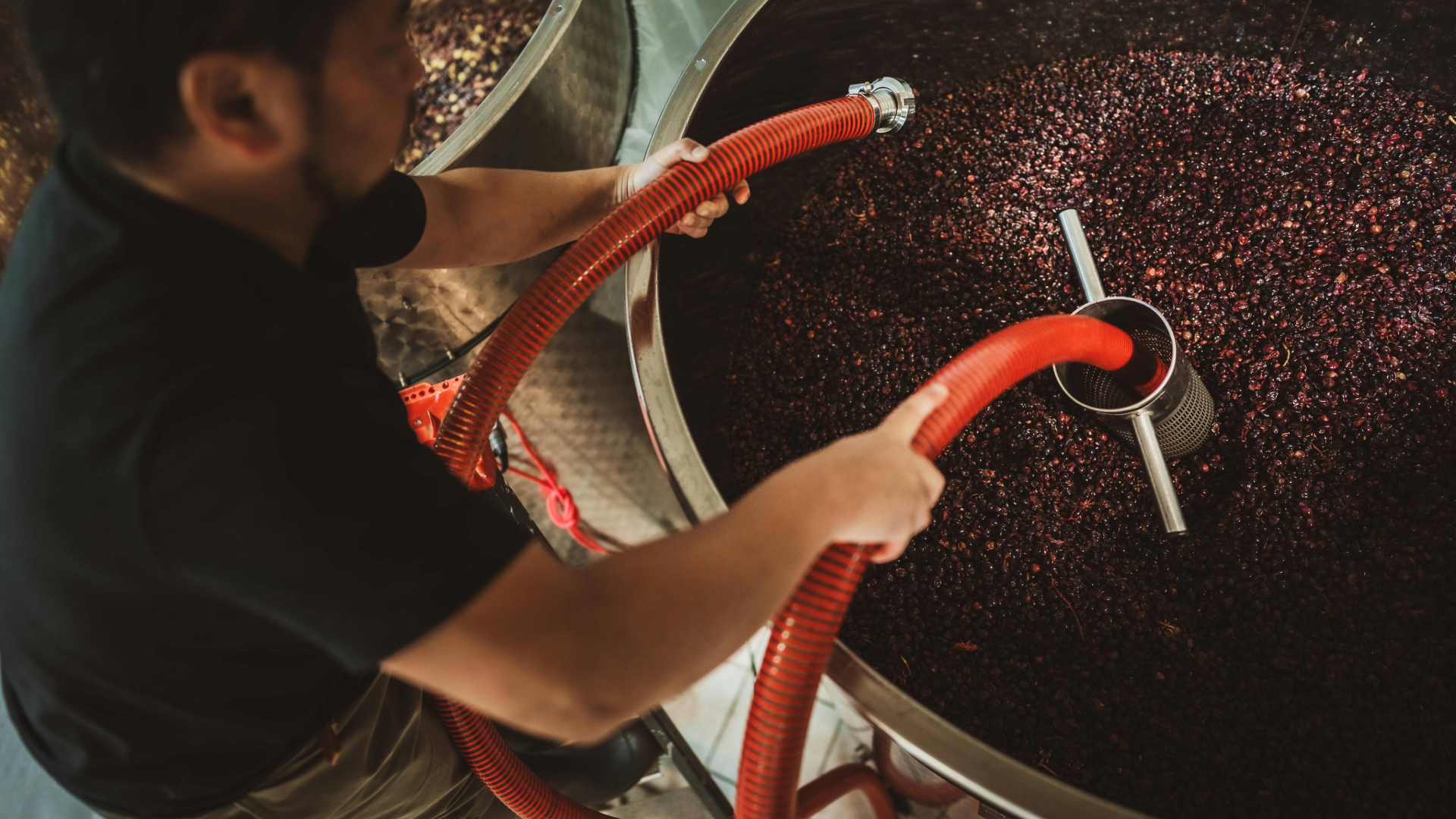
Domaine Kuheiji
.png)
History and Terroir
Japanese precision and French je ne sais quoi, what an amazing concoction. Domaine Kuheiji is the Burgundian outpost of Banjo Sake Brewery, a historic house in Aichi, Japan, whose 15th-generation owner, Kuheiji Kuno, has long admired Burgundy’s terroir-first ethos. The bridge between the two cultures was laid in 2013, when sake brewer Hirotaka Ito (b. 1979) came to France after 15 years at Banjo to learn viticulture and winemaking. A winery in Morey-Saint-Denis was acquired in 2015 (first vintage 2016), and by 2017 the estate had secured 2.5 ha around the village, farmed with a light-touch, organic mindset. The domaine now tends east-facing slopes at roughly 250 m on classic limestone-clay a cool, measured setting well suited to the poised aromatics of Pinot Noir and Chardonnay. Alongside its own vines (including Bourgogne Aligoté and Côteaux Bourguignons since the 2022 vintage), Kuheiji works a considered négoce programme, regularly producing cuvées from Corton Grand Cru, Pommard 1er Cru, Nuits-Saint-Georges, Gevrey-Chambertin, Chassagne-Montrachet and others, amounting to c. 30,000 bottles annually. Old-vine parcels (40+ years in places) and deliberately modest yields (c. 30 hl/ha for Aligoté) contribute to the house style: bright afreshness, fine tannins, and a clear, articulate imprint of the sites.
Farming and Winemaking
Ito works “backwards” from the wine he wants to drink: design the fermentation environment to express that aim, then let biology speak. Fermentations rely on indigenous yeasts in small tanks of about 1,600 kg (roughly five barrels) to keep kinetics gentle and temperature responsive. Bunches are handled with conspicuous care, either whole-cluster or softly destemmed, so berries remain intact, encouraging a slow release of juice and a measured start to maceration. Extraction is governed by temperature and time, not by forcing the cap: no pigeage, only a few early remontages; sulphur is used sparingly. Fermentations begin cool to preserve aroma, then move through a broad, deliberate temperature range so that yeast and grape enzymes drive complexity without harshness. Élevage in purposely restrained barrels are use to refine the texture rather than imprint, aiming for wines that are supple yet layered and poised. The sensibility is Burgundian in its terroir focus but informed by sake: the cellar is the stage, microorganisms the protagonists, and the winemaker a precise stage manager. The result is a calm, unforced style. Morey first built on purity and balance.
.png)

.png)





